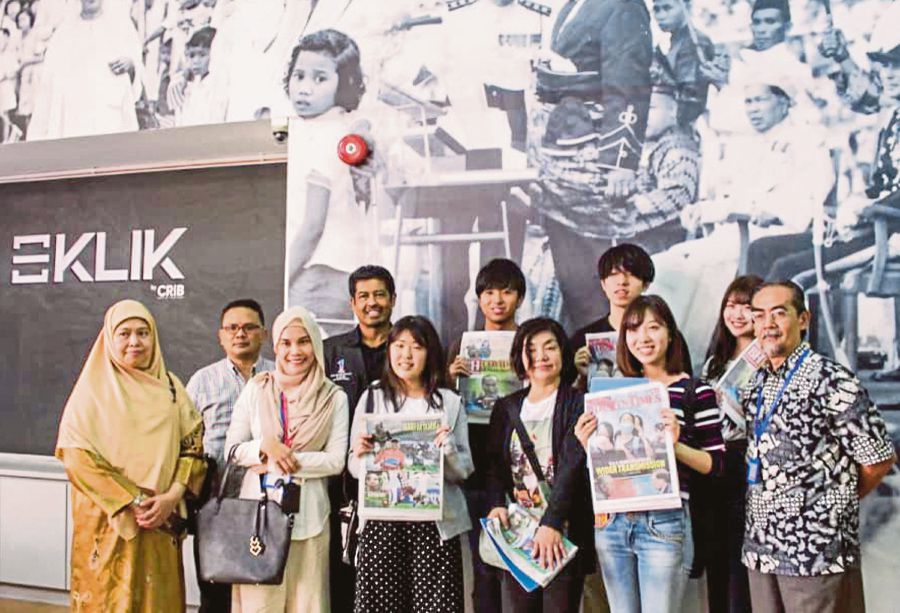
NSTP visit an eye-opener for Meiji University students
by Pauline YeeKUALA LUMPUR: In an effort to expose undergraduates to the working world, six exchange students from Meiji University, Tokyo under the Summer School Programme paid a visit to The New Straits Times Press (Malaysia) Berhad (NSTP) yesterday.
The students, accompanied by four lecturers from University Teknologi Malaysia Kuala Lumpur (UTMKL), were in the country for a three-week English Proficiency Course, run by UTMKL’s Social Sciences and Humanity Faculty.
The main objectives of the programme were to provide exposure to the students on the actual working world and on improving their communications skill.
“We choose to visit NSTP as the company has the most established English daily, New Straits Times.
“Besides the good quality of language used, the newspaper also runs interesting programmes such as the Newspaper-in-Education (NIE) and Empowering English in Education (3E),” said UTMKL lecturer Nurfarah Athirah Abdullah Sidek, who led the students for this visit.
Earlier, the students were briefed on the company’s operation and products by NSTP head of corporate communications Wan Abdillah Wan Nawi.
They were also taken for a tour around the newsroom, INK Studio which is a multimedia studio and ARTCRIB, formerly known as Resource Centre, which houses NSTP’s rich archives of photos and newspaper articles.
While familiarising themselves with the journalism industry in Malaysia through the tour, one of the participants, Kimata Hiromi, an editor in a Japanese publishing company shared some stories from back home.
According to her, the editorial process among Japanese media companies were much more intense compared to here.
“Journalists have to submit their write-ups by 12 noon. After the submission, regular discussions will be held between the editors and journalists to decide on which news will be chosen and printed for the day.
“The newspapers will then be distributed to homes and organisations respectively beginning 4am daily.
“Most people in Japan only read Japanese language newspapers. However, we do have our own fully English language newspaper,” she added.